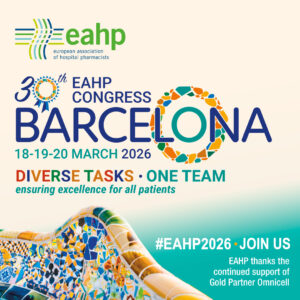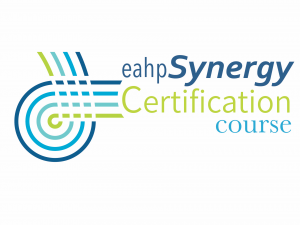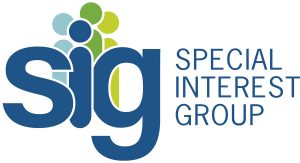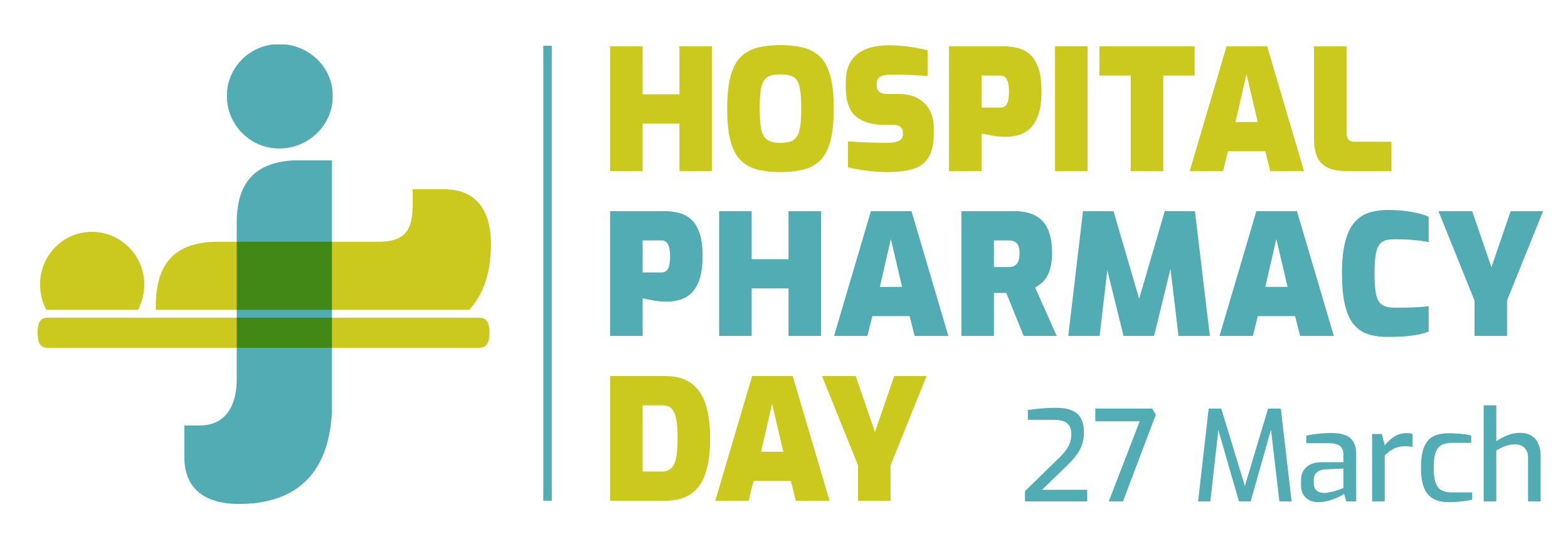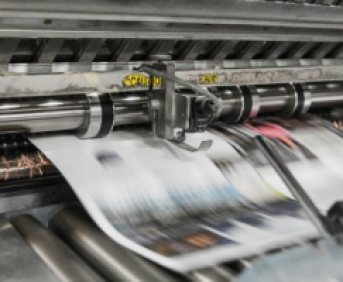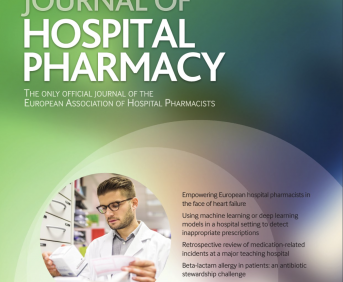Evaluation of tetracosactide peptide in galenic formulations for rapid adrenocorticotrophic hormone stimulation test
Pdf

European Statement
Production and Compounding
Author(s)
Aleksandra Bračko, Janez Ilaš
Why was it done?
The rapid adrenocorticotrophic hormone (ACTH) stimulation test is a commonly performed test in all hospital departments of the University Medical Centre Maribor. The reason for its widespread use lies in its simple execution using a pre-filled syringe containing precisely 1 µg of tetracosactide solution. Until the year 2016, we prepared a 5 ml solution with a concentration of 5 µg/ml in glass vials. Based on a literature data we set a shelf life of three months from the date of production for the solution filled in plastic syringe. The solution in glass vials has a shelf life of four months. We wanted to confirm this shelf-life with several analytical methods.
What was done?
The aim of our work was the qualitative and quantitative evaluation of tetracosactide peptide in a solution with a concentration of 5 µg/ml, filled in glass and plastic containers and stored under different conditions, using multiple methods. We stored the sample solution of tetracosactide for five months under various conditions. We performed the analysis using the Qubit 4 fluorometer, the Bradford method and method based on ultra-high-performance liquid chromatography coupled to high-resolution mass spectrometry (UHPLC–HRMS).
How was it done?
The first two relatively simple methods, Qubit 4 fluorometer, the Bradford method, did not provide the desired results. We assume that these methods were not sensitive enough for our sample with a concentration of 5 µg/ml. In the end, we used the UHPLC-HRMS analysis, which proved to be sensitive and highly selective.
What has been achieved?
The peptide molecule has eight basic centers in its structure, so both tetracosactide and each impurity were differently charged in an acidic medium, specifically +3, +4, +5, +6, +7, and +8. The distribution of charge of tetracosactide and impurities among the samples is very similar, with the highest proportion represented by molecules with a charge of +6. We have identified 11 impurities. The highest proportion was represented by impurity with the increased mass of 16 Da (tetracosactide sulfoxide). HPLC-HRMS method is highly selective and allows identification of each impurity
What next?
Based on the findings we will validate a method for quantification of the selected impurities which will allow us to perform the stability study of according to the ICH guidelines.





